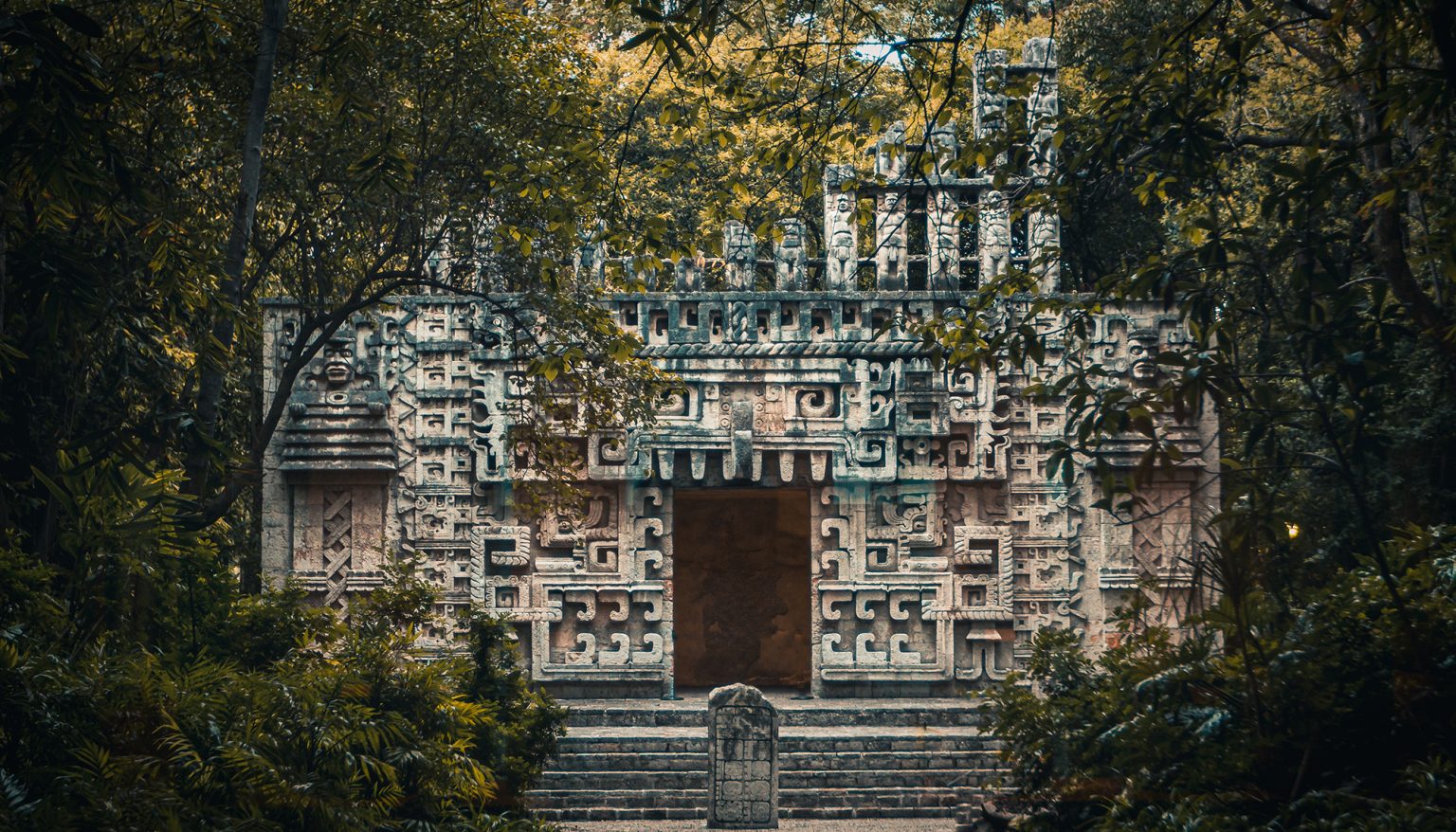Archaeologists Found The Rare, Burnt Remains Of Maya Royals, Signifying The End Of A Dynasty

During investigations of an ancient Maya pyramid at the archaeological site of Ucanal in Guatemala, archaeologists dug up the remains of royal figures.
The bones appeared to have been burnt in an “act of desecration.” The site where the remains were found was once the capital of a Maya kingdom called K’anwitznal.
The ritual that involved the burning took place sometime in the ninth century. It seemed to have served as a display of power, marking a change in political leadership. It was an extremely rare example of such a phenomenon.
“Key tipping points of history are rarely found directly in the archaeological record, not least because an event’s significance often lies in the perception of the participants,” wrote the authors of the study that was published in the journal Antiquity.
“This article documents an early 9th-century ritual fire-burning event at the Maya site of Ucanal in Guatemala and argues that it marked a public dismantling of an old regime.”
While conducting excavations, the team of researchers discovered a deposit containing burnt human remains and several artifacts.
After the human remains were analyzed, the researchers determined that there were at least four individuals.
They were all adults ranging from 21 to 60-years-old. At least two of them showed signs of being burnt.
The artifacts included nearly 1,500 fragments of greenstone pendants, beads, plaques, and mosaics.
Adrian – stock.adobe.com – illustrative purposes only
Sign up for Chip Chick’s newsletter and get stories like this delivered to your inbox.
Additionally, there were dozens of objects made out of obsidian, more than 10,000 marine shell beads, and pendants carved from the teeth of mammals. Out of all the artifacts, the most notable find was a greenstone funerary mask.
Most of the artifacts showed evidence of being exposed to high levels of heat, likely up to around 1,500 degrees Fahrenheit.
The quality and amount of objects uncovered at the site indicated that the burial was of Maya royalty.
According to radiocarbon dating techniques, the burning event seemed to have occurred between A.D. 773 and 881, which was around the beginning of the Terminal Classic period in Mesoamerican history.
However, it appeared that the royal figures from the burial died before the burning ritual. One of the individuals died several decades before the event.
This suggests that the tomb was entered for the specific purpose of burning the remains. It is unclear where the burning itself was conducted.
Afterward, they were placed in the temple/pyramid. The locals were probably aware of the event since the remains were deposited in a major structure that was open to the public.
“The fire-burning event of the burial deposit was likely a dramatic public affair,” said Christina Halperin with the Department of Anthropology at the University of Montreal, Canada.
“Because the fire-burning event itself had the potential to be highly ceremonial, public, and charged with emotion, it could dramatically mark the dismantling of an ancient regime.”
At the time of the burning ritual, Maya political systems were experiencing crises, collapses, and clashings of power.
The latest discovery shows that some regimes might have come to an end, but others were reestablished as new dynasties.
Welcome to Billionaire Club Co LLC, your gateway to a brand-new social media experience! Sign up today and dive into over 10,000 fresh daily articles and videos curated just for your enjoyment. Enjoy the ad free experience, unlimited content interactions, and get that coveted blue check verification—all for just $1 a month!
Account Frozen
Your account is frozen. You can still view content but cannot interact with it.
Please go to your settings to update your account status.
Open Profile Settings